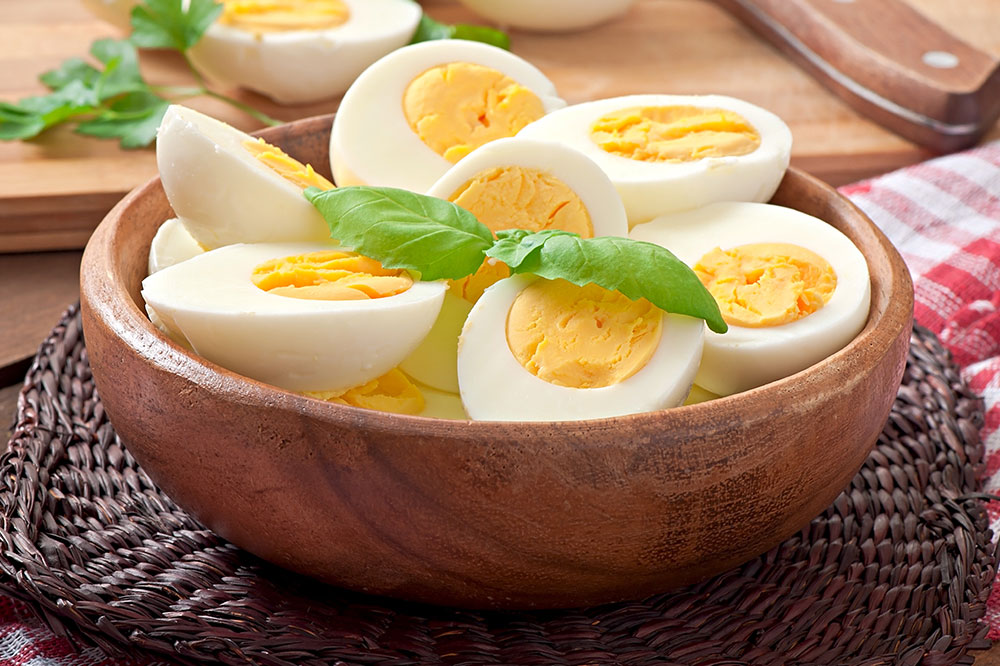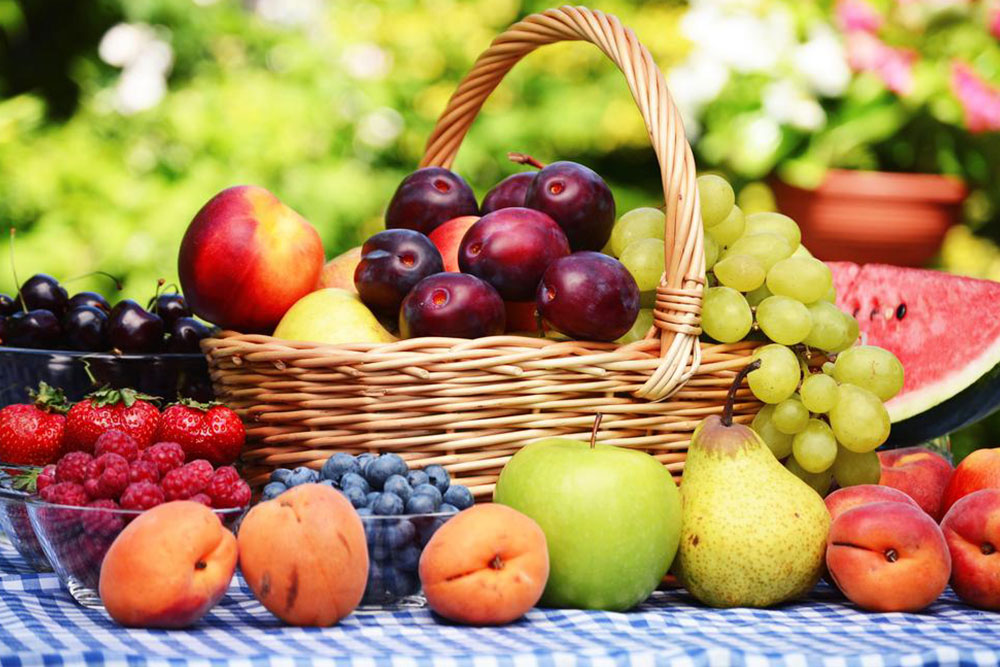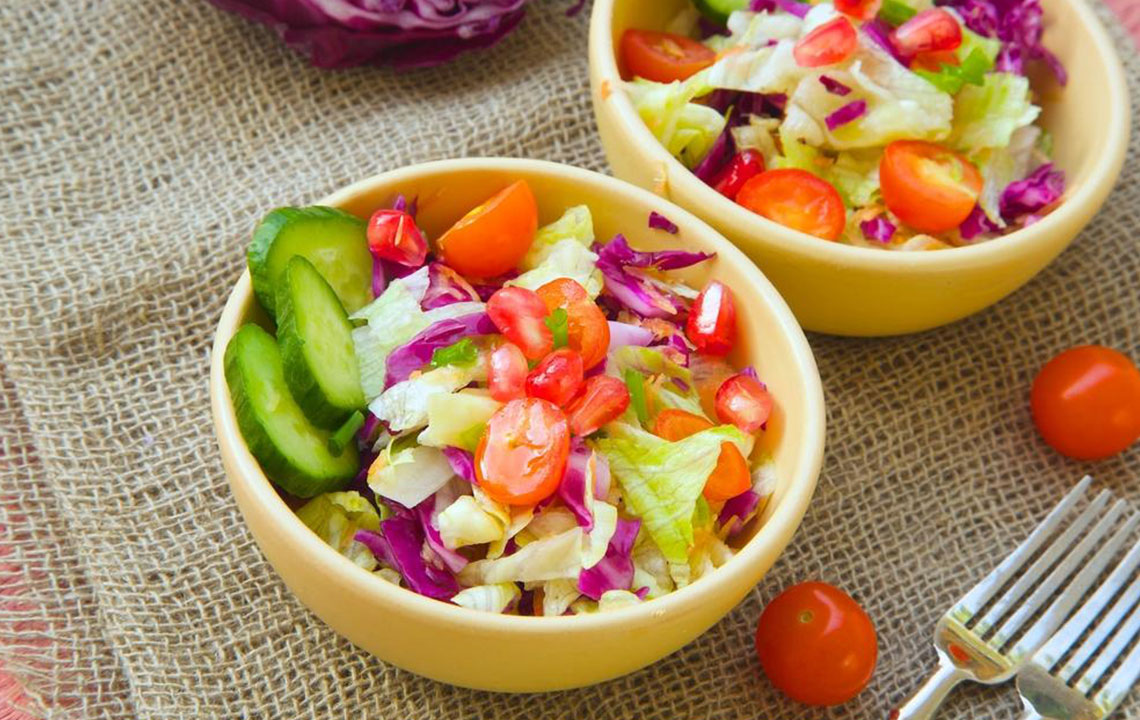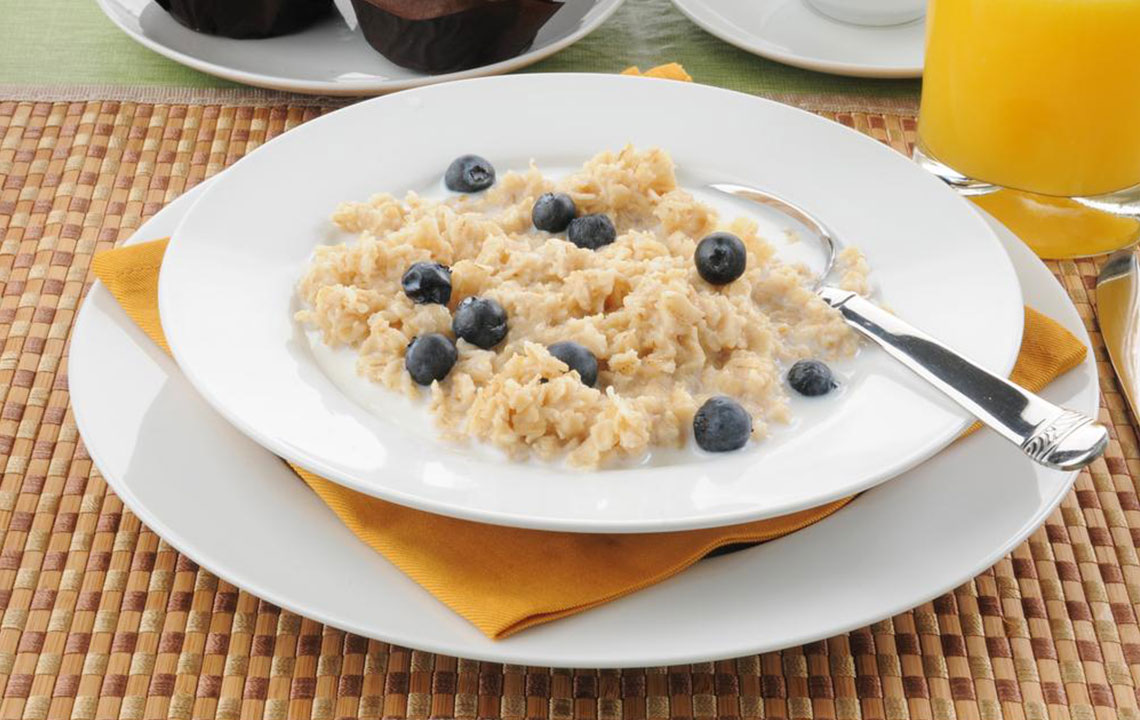Guide to Ingredients and Alternatives for a Nutritious Gluten-Free Diet
Discover essential ingredients and substitutes for a healthy gluten-free diet. This guide offers practical tips on choosing gluten-free grains, products, and alternatives for a balanced lifestyle. Learn to identify gluten-free options in your grocery shopping and enjoy a variety of nutritious meals without gluten. Perfect for those with gluten sensitivities or celiac disease, this article provides helpful advice on maintaining a safe, wholesome diet using readily available foods and the right substitutes.
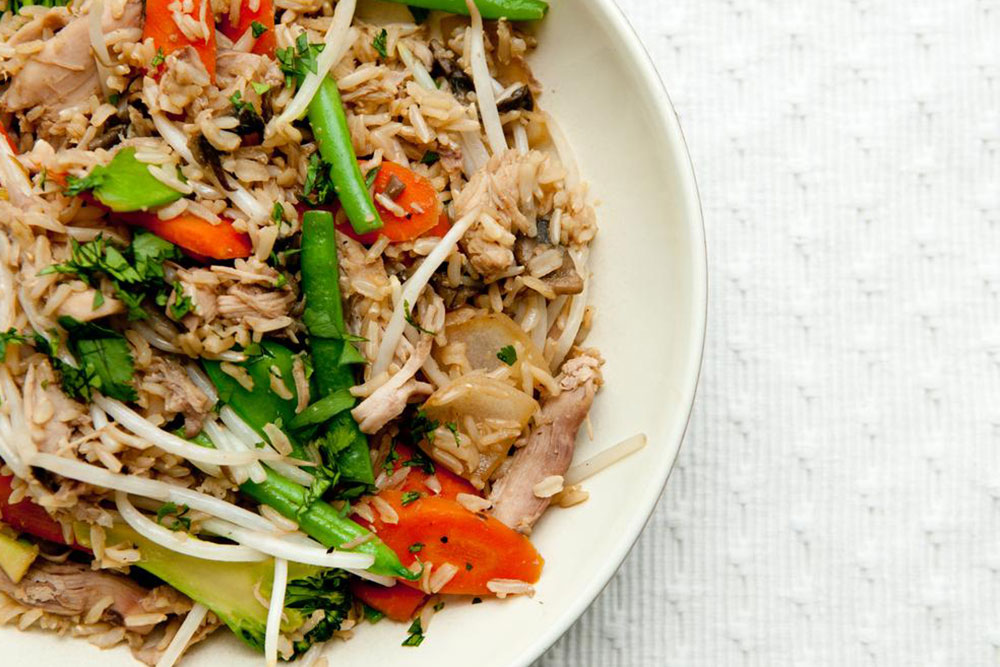
Guide to Ingredients and Alternatives for a Nutritious Gluten-Free Diet
Many foods now have gluten-free options readily available at most grocery stores. Emphasizing fresh, minimally processed foods is essential for a balanced gluten-free lifestyle. Focus on incorporating fruits and vegetables into your meals. Keep in mind that avoiding wheat doesn't always mean the food is gluten-free, as some wheat-free items may contain other gluten sources.
Here are some popular substitutes for creating healthy gluten-free dishes. Traditionally, wheat-based products like bread, pasta, and baked goods contain gluten.
To replace these, opt for gluten-free versions such as brown rice, multigrain bread made without gluten, or quinoa pasta. Other grains like millet, buckwheat, chia seeds, flax, nuts, and soy can be creatively employed to prepare nutritious gluten-free meals. If you prefer cereals in the morning, select gluten-free options—be cautious with items like cornflakes or puffed rice, which might contain gluten from malt or flavoring additives.
Use plant-based milk like soy milk as a gluten-free alternative to regular milk with your cereals. Since oats are often processed on equipment shared with wheat, they can be contaminated, so always choose oats labeled gluten-free, especially in products like granola or bars. Wheat is frequently used as a thickener in soups and sauces; look for gluten-free labels and avoid creamed varieties that contain gluten. Processed vegetables and fruits with preservatives may also contain gluten, so opt for fresh or frozen produce. When making smoothies, use only fresh fruits. Refrain from consuming beer, lagers, or malt beverages if you're sensitive to gluten, but enjoy gluten-free options like wines or ciders.


